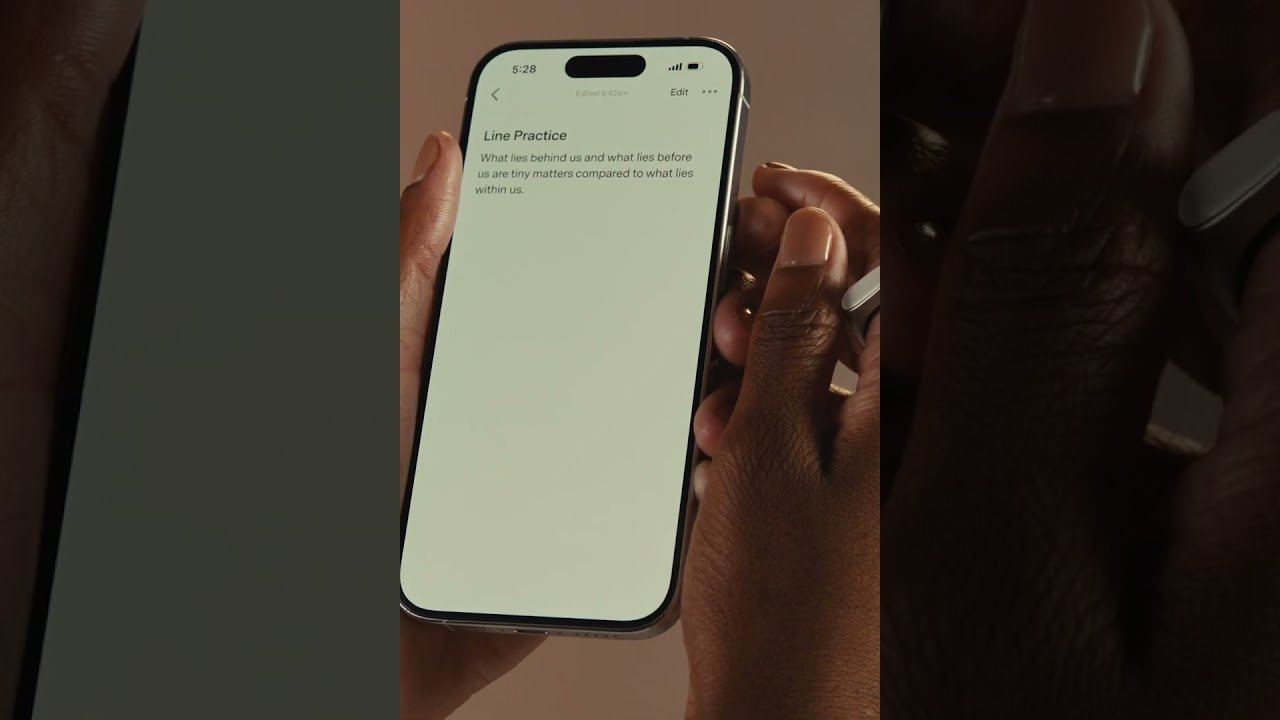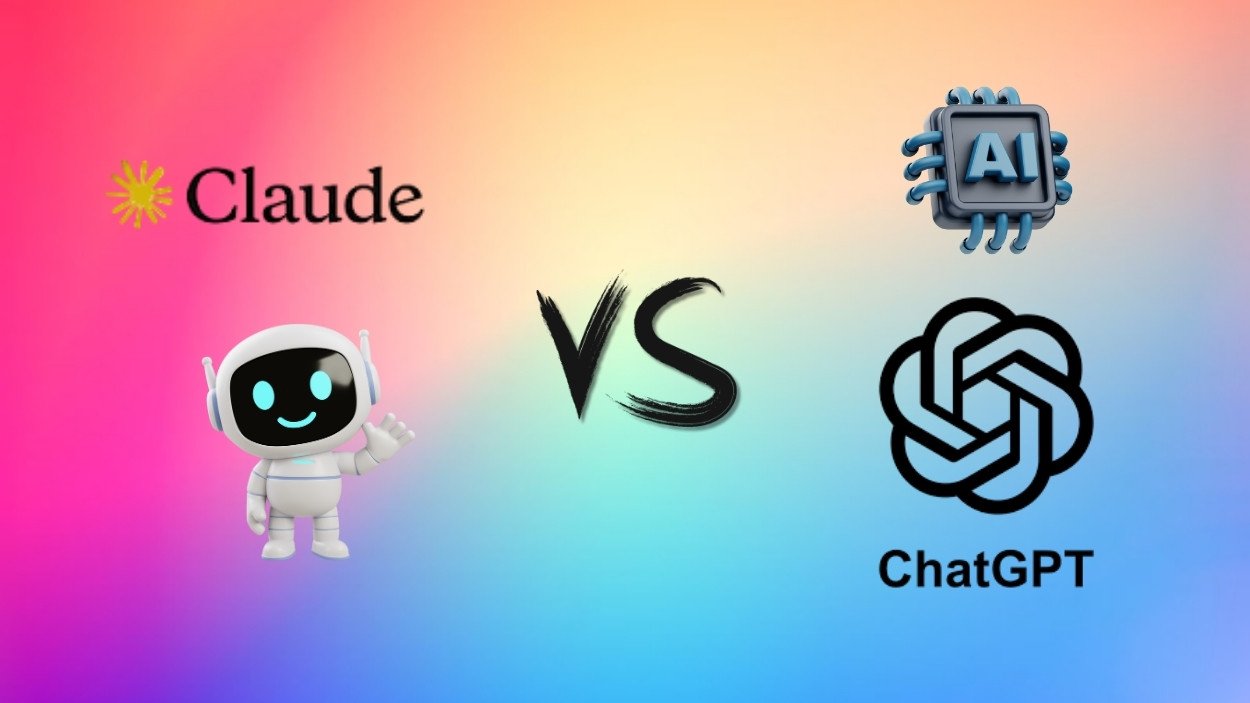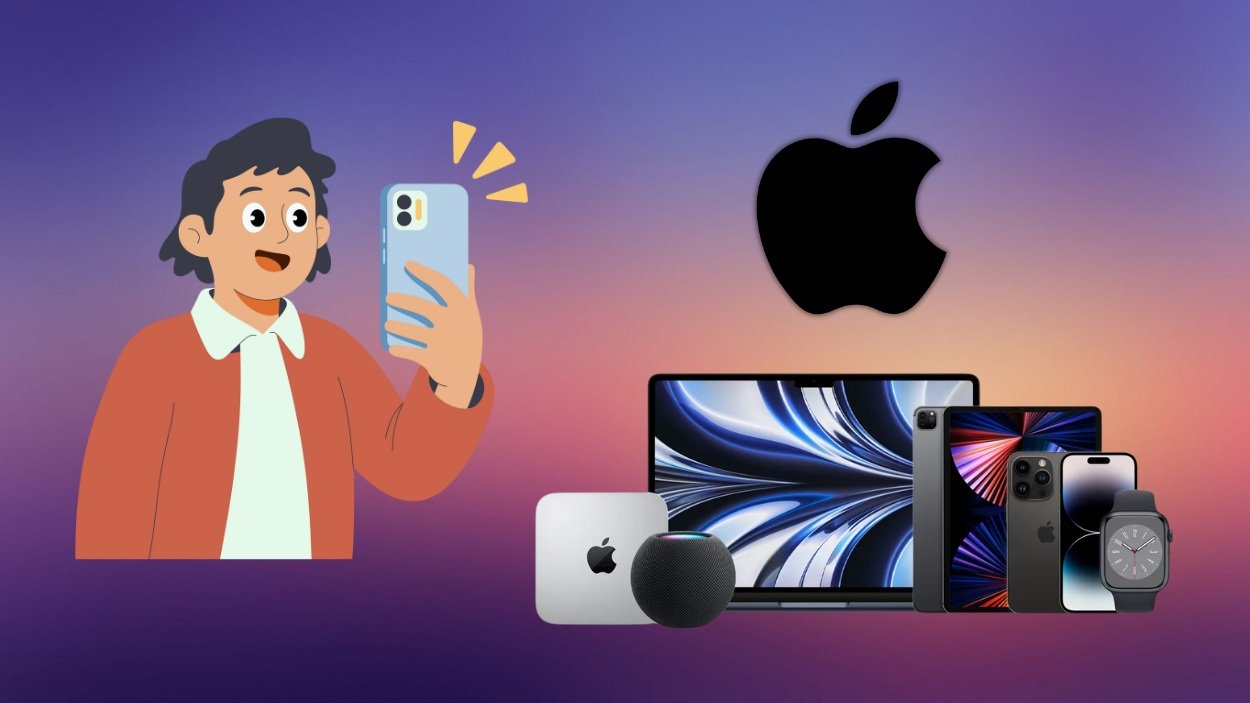A new startup founded by former Meta employees has launched Stream, a smart ring that records voice notes, interacts with AI, and controls music on the go.
Quick Summary – TLDR:
- Sandbar, a startup by two former Meta employees, introduces a smart ring called Stream
- The ring lets users record voice notes, talk to an AI assistant, and manage music hands-free
- Designed for quiet use, it activates by touch and even picks up whispers
- Pre-orders are open now, with shipping planned for next summer
What Happened?
Two ex-Meta engineers have launched a startup named Sandbar, unveiling a smart ring called Stream. This ring aims to change how people interact with technology using voice commands. Designed to be worn on the index finger, Stream captures voice notes, talks to an AI assistant, and doubles as a media controller, all without needing to touch your phone.
Inside Stream’s Design and Features
Stream was created by Mina Fahmi and Kirak Hong, both with backgrounds in human-computer interface design. Fahmi worked at Kernel and Magic Leap, while Hong was previously at Google and CTRL-Labs before Meta acquired the company in 2019. Their experience in neural interfaces shaped Stream’s mission: to make capturing ideas as natural and frictionless as possible.
The ring features:
- Built-in microphones that are activated by pressing a touchpad.
- Whisper-sensitive audio capture for discreet note-taking.
- A touchpad interface that triggers recording only when pressed.
- Haptic feedback to confirm successful note capture without sound.
- Flat surface controls for playing, pausing, skipping tracks, or adjusting volume.
By default, the microphone remains off and only switches on with a press-and-hold gesture. This allows users to privately record thoughts without broadcasting their voice in public. The companion iOS app transcribes these recordings and organizes them into editable notes.
Smarter Notes with AI Help
Stream’s companion app includes an AI chatbot that not only interacts with users in real-time as they record but also helps organize and edit notes. It features:
- Automatic note organization
- Voice personalization, mimicking the user’s tone
- Review tools to browse conversations across days or weeks
This turns Stream into more than a simple recorder. It becomes a daily companion for thinking out loud, managing to-dos, and reflecting on your thoughts with AI help.
In noisy or crowded environments, users can pair Stream with headphones for private interaction. Without headphones, the haptic feedback ensures commands are confirmed silently.
Competitive Market, Unique Approach
While the wearable voice interface market includes players like Plaud, Pocket, Friend, Limitless, Taya, and Bee (now under Amazon), Stream stands out by focusing on productivity and self-expression rather than companionship or general assistance.
Stream is described by Fahmi as “a mouse for voice”, giving users a direct and natural way to interact with technology, especially when pulling out a phone feels disruptive.
Availability, Pricing, and Data Privacy
Pre-orders for Stream are now open, priced at $249 for the silver model and $299 for gold. Devices are expected to ship by next summer. A Pro subscription, free for the first three months with preorder, will cost $10 per month and offers unlimited notes, chats, and early feature access.
Importantly, Sandbar is positioning itself as a privacy-first company. All user data is encrypted both in transit and at rest. The company promises no walled gardens, with future support planned for data exports to tools like Notion.
Daily Research News Takeaway
I love the idea of technology that quietly fades into the background while still being powerful. Stream feels like it was built for moments when creativity sparks during a walk or commute and your phone just isn’t the right tool. The fact that it listens only when you want it to, picks up whispers, and gives you control over how your data is handled makes this feel genuinely thoughtful. If Sandbar delivers on the experience, Stream could be the go-to device for idea capture in the AI age.

















































